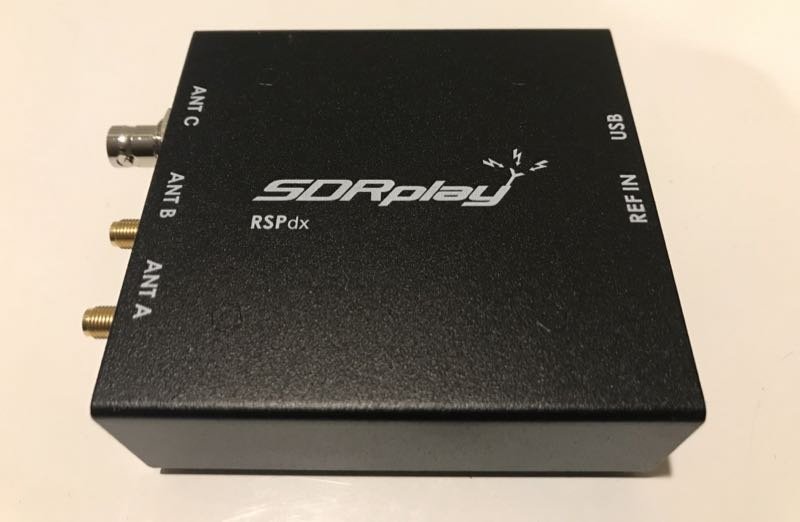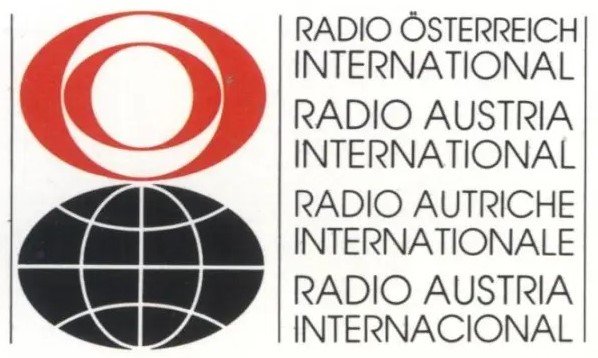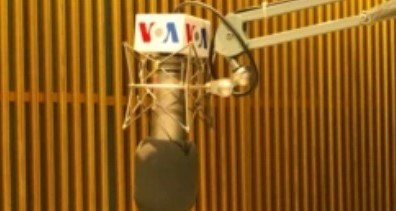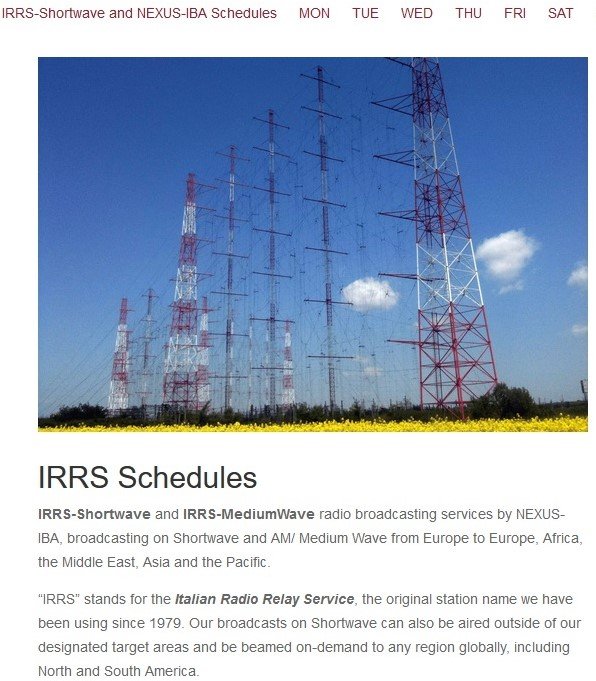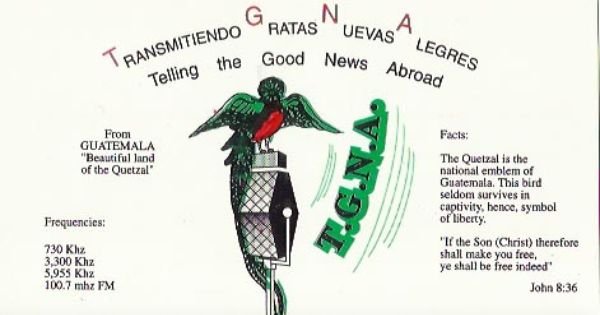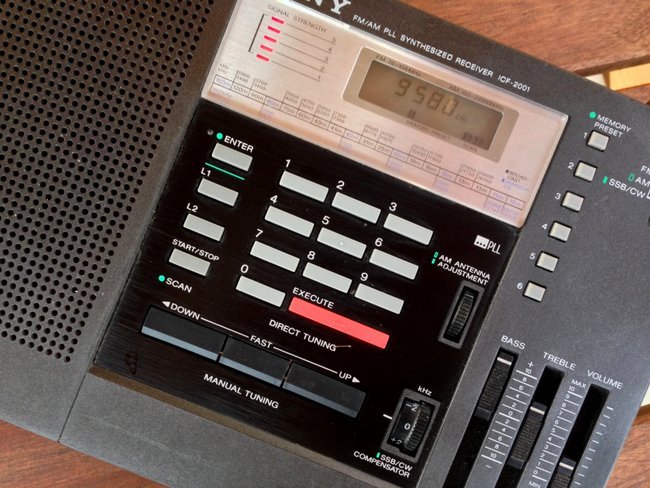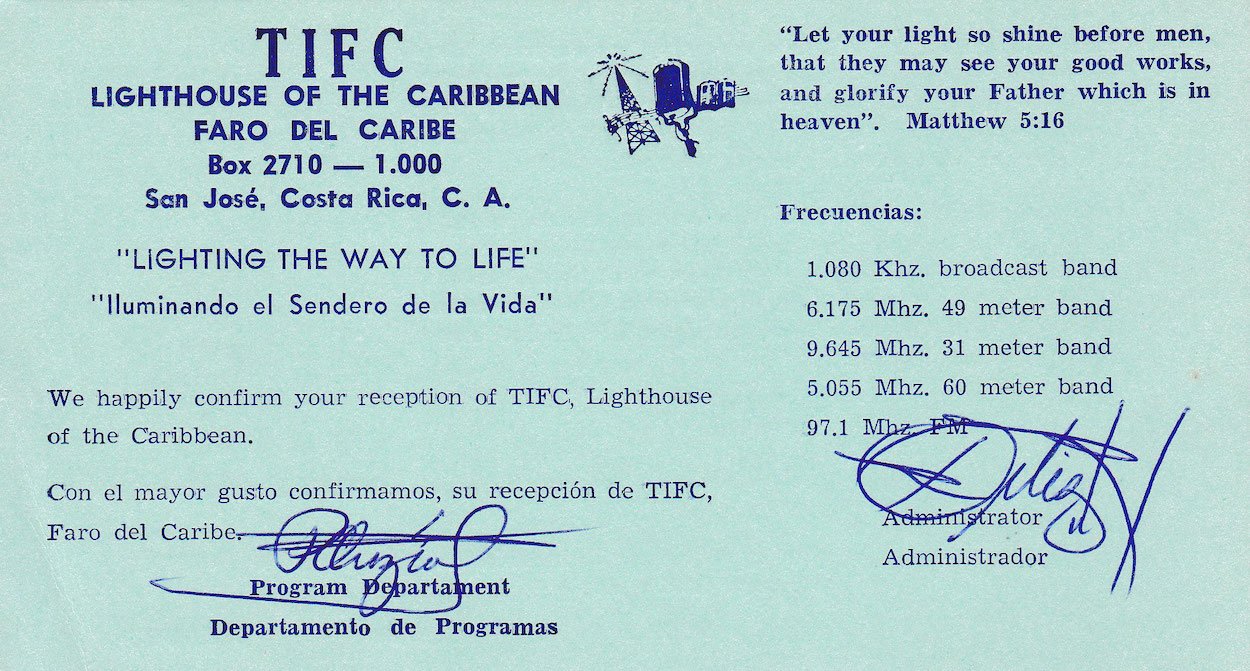Many thanks to SRAA contributor, Tom Gavaras, who shares the following recording and notes:
Voice of the Voyager pirate shortwave radio station transmission starting with interval signal, opening with "We will Rock You/We are the Champions," introductions of staff including RF Wavelength, AF Gain, Disco Dan, Disco Dave and others. Broadcast included The Minnesota-Ohio Corporation Mystery Theater: The Heath Heresy, Nighttime Melodies, beer reviews and more. August 20, 1978 on 5,850 MHZ at 0355 UTC. 100 watts.
The Voice of the Voyager had been broadcasting on Saturday nights for about eight months. One week later on August 28, 1978, a yellow car pulled into the driveway of the house where the Voice of the Voyager had been broadcasting from and two official-looking men got out and walked up to the front door. They flashed credentials identifying them as being from the St. Paul, MN office of the FCC. Since R. F. Wavelength held a ham license for the address, he had no choice but to admit the men to the house. At first, he denied all knowledge of the Voyager but it soon became clear the FCC knew all about the station and had definitely traced it to that location. R. F. Wavelength finally admitted to being behind the Voyager and with that confession the atmosphere immediately changed. The FCC agents became quite friendly, and told the operators how they managed to track down the station. The Voyager operators were surprised to learn the FCC had planned to bust the station during the previous weeks broadcast on August 20, but that plan was aborted when the Voyager left the air earlier than usual. A special monitoring van had been brought in from the FCC’s Chicago office to help trace the station’s location.
More information and some of the background posted above: https://sites.google.com/site/napiratehof/2010-inductees/voiceof-pancho-villa
Broadcaster: The Voice of the Voyager
Date of recording: 8/20/1978
Starting time: 0355 UTC
Frequency: 5.850 MHz
Reception location: Minneapolis, MN area
Receiver and antenna: Sony ICF-5900W with whip antenna


